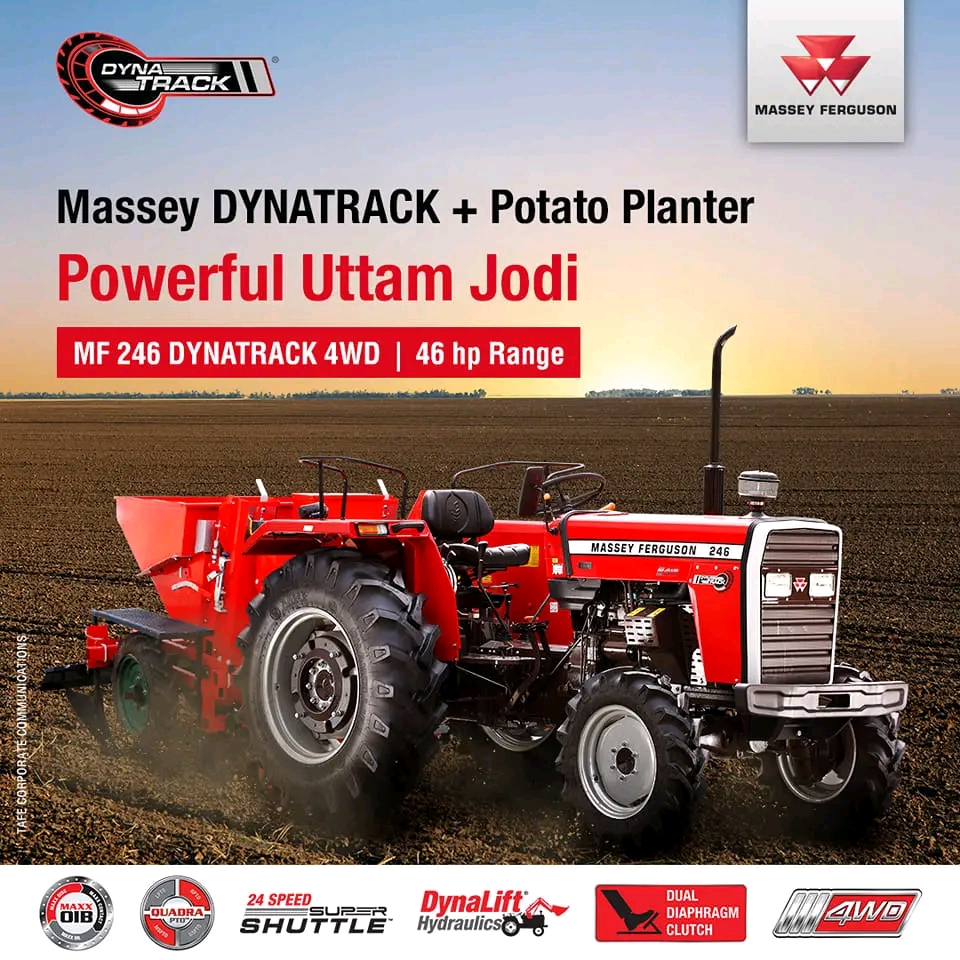Jai Prakash Dhavan and Dr. Rajni Bisen
Jawaharlal Nehru KrishiVishwavidyalaya Jabalpur (M.P.)
Introduction
Sesame, scientifically known as Sesamum indicum, is a highly versatile and nutritious crop that has been cultivated for thousands of years. Often referred to as the "queen of oilseeds," sesame is an integral part of global agriculture and has gained increasing attention due to its health benefits and diverse uses. In this article, we will explore the world of sesame cultivation, its nutritional value, environmental benefits, and its growing popularity in the modern world.
Cultivation and Growing Condition
Sesame is a hardy crop that can thrive in a variety of environmental conditions. It grows best in well-drained, loamy soils with adequate sunlight. The crop's adaptability makes it suitable for cultivation in various regions, from tropical to temperate climates. This characteristic has contributed to its widespread cultivation across Asia, Africa, and the Americas.
Health Benefits
Sesame seeds are packed with nutrients and offer numerous health benefits. They are an excellent source of protein, healthy fats, and essential minerals such as calcium, iron, and magnesium. Additionally, they contain antioxidants and lignans, which have been associated with various health benefits, including improved heart health and reduced inflammation.
The oil extracted from sesame seeds is prized for its high smoke point, making it a preferred choice in cooking. It is also used in traditional medicine for its potential health-boosting properties. The combination of essential nutrients, healthy fats, and antioxidants in sesame seeds has contributed to its reputation as a superfood.
Environmental Benefits
Sesame cultivation has several environmental advantages. This crop is well-known for its ability to resist pests and diseases, reducing the need for chemical pesticides. Additionally, sesame has a deep root system, which helps improve soil structure, prevents erosion, and conserves water.
Sesame plants also benefit from being drought-tolerant, making them an attractive option for regions with limited water resources. Its low environmental impact has led to an increased interest in sesame cultivation as part of sustainable agricultural practices.
Sesame Beyond Food
Sesame is not just confined to the culinary world. The oil is used in the production of cosmetics, soaps, and traditional medicines. Its versatility extends to its use in manufacturingwhere it finds applications in the production of paints, varnishes, and even as a lubricant in machinery.
Conclusion
Sesame cultivation offers a myriad of benefits from its adaptability to diverse growing conditions to its nutritional value and environmental advantages. As the world continues to seek sustainable and health-conscious alternatives, sesame's prominence as a valuable crop is on the rise. Whether for its health benefits, rich history, culinary versatility or environmental friendliness, sesame is a golden crop that deserves a place of honour in modern agriculture. It is poised to continue being a vital part of our global agricultural landscape for generation to come.













0 Comments